Updated –
Thanksgiving Day is a national holiday celebrated primarily in the United States and Canada as a day of giving thanks for the harvest and of the preceding year.
In 2016 Thanksgiving Day is on Thursday 24 November.
At the Ernest Bell Library, we choose not to celebrate Thanksgiving Day ourselves – in respect for those communities & those individuals who suffered under the hands of the colonists,
Back to 1901 – ‘Life’ circulation figures unknown – at least a few hundred thousand people would have seen this cover
Thank you Albert Levering & John Ames Mitchell ………..and Horace Greeley.
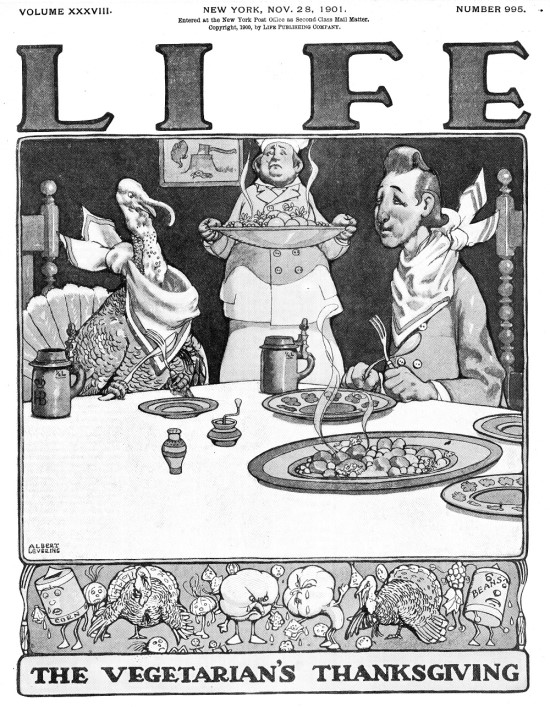
Albert Levering (1869-1929); The Vegetarian’s Thanksgiving; Cover illustration for Life v. 38 no. 995 (November 28, 1901)
.
Thanksgiving – 1901 Life magazine
~ ……a man and a turkey seated at their dinner table with napkins tied around their necks. Their dinner, on the table and being served, is exclusively cooked vegetables. Levering has created some wonderful details in this illustration. The lower border decoration is anthropomorphic with weeping vegetables (both canned and fresh) interspersed with happily dancing turkeys…… ~
………………………………………………………………………………………………………
~ Happy Vegan Thanksgiving 2015 to turkeys & all other creatures. ~
The Ernest Bell Library has a fine & growing collection of: –
‘art created by humans – primarily for the benefit of animals’.
If anyone would like to help by either Adopting or Sponsoring items please be in touch.
………………………………………………………………………………………………………
Notes
Albert Levering’s Thanksgiving illustration for Life from 1901 shows a man and a turkey seated at their dinner table with napkins tied around their necks. Their dinner, on the table and being served, is exclusively cooked vegetables. Levering has created some wonderful details in this illustration. The lower border decoration is anthropomorphic with weeping vegetables (both canned and fresh) interspersed with happily dancing turkeys and an outer edge to the border of raised forks. In the illustration proper, two of the dinner plates have a border design that appears to be cauliflower florets. In 1896 Massachusetts’ Dedham Pottery opened making white-glazed pottery and plates that initially had a decorative border in cobalt blue of crouching rabbits circling the edge. Eventually the decorations included a variety of other animals such as turtles, elephants, and chicks. Levering’s twist on Dedham Pottery designs is to make the border vegetable instead of animal. The last humorous detail may be seen on hanging on the far wall. In the illustration you can see a picture of a tree stump with a hatchet buried in it, referring to the normally contentious behavior between man and turkey that typifies Thanksgiving Day. – more here..
Life magazine – http://en.wikipedia.org/wiki/
Life magazine was founded in 1883, in New York . It was a partnership between John Ames Mitchell and Andrew Miller.
John Ames Mitchell (1844–1918) was a humanitarian.
He adored children.
He was an opponent of the crude immunizations of his era.
He was a hygeinist, believing that good sanitation was always the best medicine, cure and preventative.
He was a staunch anti-vivisectionist long before that became the well known cause it is today.
Was he a vegetarian or vegan? – we have not yet found out.
.
Andrew Miller was an avid horse racer – so we will say no more about him..
John Ames Mitchell – Cherubs and Life
Publisher, architect, artist, novelist, mystic, mystery: John Ames Mitchell was a Renaissance man who kept to himself but influenced many. A Harvard educated architect who studied at the Ecole Des Beaux Arts in Paris, Mr. Mitchell founded the original Life magazine in 1883. Much more like today’s New Yorker than the Life of the later 20th Century, Mitchell’s magazine discovered and encouraged many fine writers and artists at the turn of the 20th Century, such as Charles Dana Gibson, the illustrator who created the Gibson Girl. It covered the literary scene as well as political and social issues. He and Horace Greeley of The New York Herald Tribune founded the Fresh Air Fund, which for many years operated the Life Fresh Air camp for city kids on the site of today’s Branchville School. Mr. Mitchell penned a half dozen novels, the most famous of which, Amos Judd (1895), was made into the 1922 silent film, The Young Rajah, starring Rudolph Valentino. Life was purchased in 1936 by another Ridgefielder, Henry Luce (q.v.), who turned it into a picture magazine. The headquarters of Mitchell’s Life is now The Herald Square Hotel in New York, a gift to Mitchell from Charles Dana Gibson in appreciation of the publisher’s having seen and developed his potential as an artist. – more here.
.
John Ames Mitchell with Horace Greeley
During the 1870s Horace Greeley and John Ames Mitchell organized the Fresh Air Fund, a program to provide summer vacations for women and children from urban areas. The Fresh Air Fund, established in 1877, provided summer vacations for New York City school children. Camp Hidden Valley was created by the Fresh Air Fund to provide for children with polio related disabilities. Fresh Air Fund related camps, still in operation, include Camp Algonquin, organized in 1907 by the United Charities in Chicago, and Incarnation Camp, Inc., established by the Episcopal Church in 1886. Mitchell later established camps in Branchville, Connecticut, and Sussex County, New Jersey, during the 1880s. Trail Blazer Camp was originally established by John Ames Mitchell, editor of Life Magazine, in 1887. During the mid 1940s land was acquired in New Jersey and permanent camp facilities were established. Trail Blazer Camp continues to operate and provide camping opportunities to inner city youth, supported by the private and public financial support. – more here.
.
Albert Levering (b. 1869 – d. 1929 age 60 in New York) was born in Hope, Indiana, the son of Levi L. Levering, a carpenter. The family later relocated to Kansas City, Missouri. Levering studied architecture and practiced that profession for eight years in San Antonio, Texas. He later abandoned architecture to become a newspaper artist. Levering worked for newspapers in Kansas City, Missouri as well as the Minneapolis Times and Chicago Tribune. In 1896 he moved to New York and worked on the staff of the New York Journal, Tribune and Herald-Tribune. He subsequently worked as a book and magazine illustrator on the staff of Puck, Life, Collier’s, and Cosmopolitan. By 1903 he had a regular full-page feature in Harper’s Weekly.
.
Mark Twain’s “Italian Without a Master” appeared in Harper’s Weekly on January 2, 1904 with six illustrations by Albert Levering. The essay is the only one in The $30,000 Bequest and Other Stories that retains all of its original illustrations from the first printing (plus six photo reproductions of Italian newspaper headlines).
.
In 1909 Levering drew the cover and frontispiece for Mark Twain’s short book Extract from Captain Stormfield’s Visit to Heaven. – more. – images here.
Click for a ‘tongue in cheek’ prayer for saying Grace – in full
Verse 5
A turkey next, from dunghill reft,
With sausages to right and left;
Sliced ham, the flesh of measly swine:
God spare the health of those who dine,
And make them truly thankful!
………………………………………………………………………………………………………
The Ernest Bell Library the memorial to Ernest Bell started slowly – it is still strong & very active eighty years later – its primary objectives are to: –
-
Collect all of Ernest Bell’s book & non-book works and make them easily accessible to everyone.
-
Collect the literature of vegetarianism and all the other humanitarian movements in which Ernest Bell was so deeply involved.
-
Assist students and scholars in their research.
-
Introduce all aspects of Ernest Bell’s life, including his writings, campaign work, influences and his circle of friends.
-
Undertake our own research into missing aspects of Ernest Bell’s life and work.
We already have more than 300 pieces of Ernest Bell’s own writings.
We are also actively building a collection of examples of promotional material, campaign material, fundraising & marketing activities etc. – related to: –
-
veg(etari)an products.
-
veg(etari)an books & other publications.
-
veg(etari)an organisations.
-
veg(etari)an businesses.
-
animal rights organisations.
-
animal rights publications.
-
humanitarian organisations.
-
humanitarian publications.
-
rambling clubs run by members of the above groups & related publications.
-
the work of Richard St. Barbe Baker & the ‘Men of the Trees’ organization & its many sub-branches.





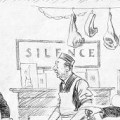
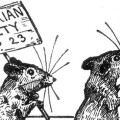

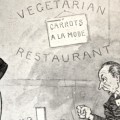
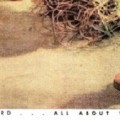
No Comments